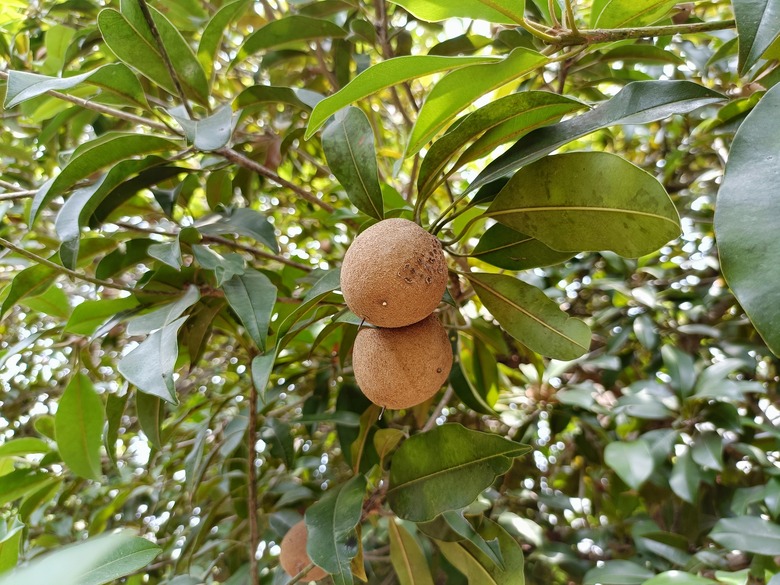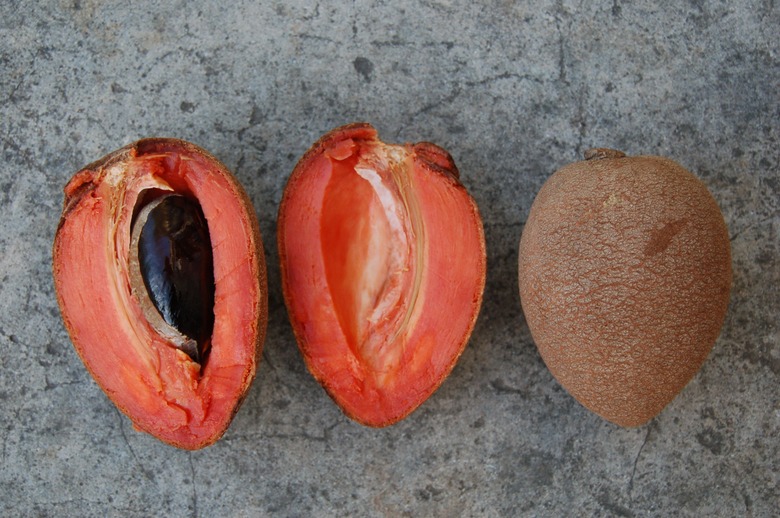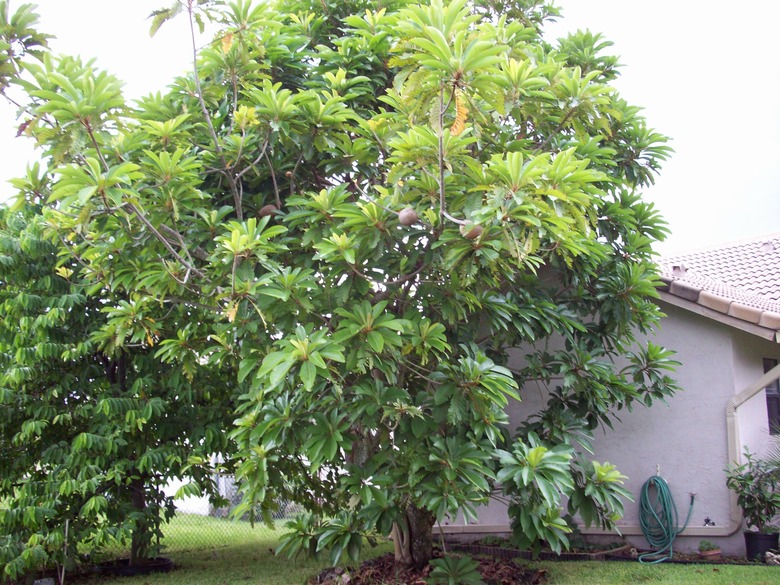How To Care For Mamey Plants
The mamey tree (Pouteria sapota) is a fruit tree native to Mexico and Central America. It is cultivated commercially on a small scale in other parts of the world, namely Florida, Cuba, Puerto Rico, the Dominican Republic and the Philippines. It is hardy in USDA plant hardiness zones 10 to 12.
Mamey Tree Characteristics
Mamey trees are grown for their almond-flavored tropical fruit, which may be oval or elliptical in shape and 3 to 9 inches in length. Mamey sapote fruit can be eaten fresh, although it is often used to flavor ice cream, smoothies and milkshakes.
Mamey fruit trees are large trees with heights between 40 to 60 feet, depending on the conditions in which they grow. It typically takes about seven years for a mamey tree grown from seed to produce fruit. Grafted trees begin to produce seeds three to five years after planting. A single mamey sapote tree can produce as many as 500 fruits a year.
Mamey sapote fruit ripens a year or two after the tree flowers. Depending on the cultivar, harvest time may be in summer, fall or winter.
Tip
The fruit is ready to be harvested when you scratch through the outer layer and the layer below it is orange, red or pink—no longer green.
Mamey Tree Propagation
Mamey trees can be grown from seed, though seeds removed from the fruit must be planted within a week or two, or they will not germinate. Grafting is another common propagation method.
Mamey trees grow in most types of soils, including heavy clay and sandy soils, as long as the soil has good drainage. Planting mamey trees at the start of the rainy season in your area can help ensure that the tree receives sufficient moisture, especially when it is becoming established.
Choosing a Planting Site
Whether you are propagating mamey trees from seed or via grafting, you want to plant these trees in full sun, 20 to 30 feet from other structures, such as buildings, power lines and other trees. Planting trees too close to other structures can result in excess shade, which translates into decreased fruiting.
Like other tropical fruit trees, the mamey sapote tree can be killed by frost. Planting within 20 feet of a building or larger tree can help protect the tree from freezing temperatures.
Mamey Fruit Tree Care
When they are planted in well-draining soil, mamey plants have only moderate care needs; chief among them is the correct amount of water.
Watering a Mamey Plant
How much water a mamey fruit tree needs depends on its maturity.
Newly planted mamey trees should be watered every other day for the first four to six weeks after planting. Mature trees perform well when they receive an inch of water once or twice a week, whether from irrigation or rainfall.
A layer of mulch 2 to 6 inches thick can help conserve soil moisture. Wood chips or bark work well.
Tip
Leave about a foot of space between the tree's trunk and the mulch to avoid spreading diseases.
Fertilizing a Mamey Tree
Young mamey trees that have not begun producing fruit benefit from a nitrogen-rich fertilizer, which encourages leaf growth. Once the tree starts to produce fruit, a balanced fertilizer is preferable. Avoid applying nitrogen fertilizers late in fall or winter, which may result in new growth that can be killed by cold temperatures.
As a mamey tree gets older, less frequent fertilizing is required. However, a larger amount should be applied at each feeding.
Mamey Sapote Tree Pruning
Mamey trees should be pruned to remove branches that are dead or diseased or to keep the tree at a manageable size to make harvesting easier. Limiting the tree's height to 15 feet or so is practical in home gardens and can help protect the trees from wind damage.
Some mamey tree branches split when they are weighed down by fruit. To avoid this, the University of Florida IFAS Extension recommends removing main branches that are attached to the trunk at a narrow angle and keeping only branches attached at a wide angle, as they can support more fruit.


